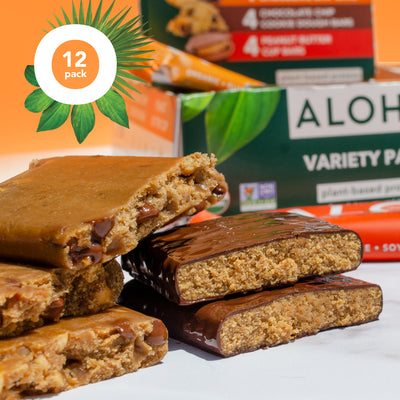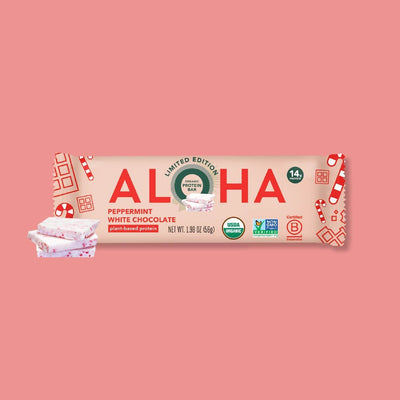Protein. It’s on everyone's mind and everyone’s plate. But what’s the big deal and how much do our bodies actually need? Here is the low-down on all things protein.
What is Protein?
From our muscles, bones, skin, hair and virtually every other tissue in the body, protein is a major component. Protein is needed to build, repair and maintain muscle mass, body tissues, support the immune system and so much more. Considered a macronutrient along with fat and carbohydrates, protein is made up of amino acids, essentially the building blocks of protein.
These amino acids are split into three categories: essential, nonessential and conditional. Essential amino acids are aminos that our bodies cannot produce, therefore must get them through our diet. Non-essential amino acids can be produced by the body. And conditional aminos are those that are needed in higher amounts during times of trauma or injury, like following surgery or a wound to the skin. When we consume protein it is broken down into those amino acids which the body will use for countless functions.
Sources of Protein
Protein can be found in a wide variety of foods. Most typically, we think of animal based protein like chicken, beef, fish, or pork. While these are excellent sources of protein, there are some great plant-based sources as well. Tofu, lentils, chickpeas and even potatoes are just a few options.
Some plant-based foods, like quinoa, are considered to be a complete protein meaning they contain all nine of the essential amino acids. There is also what’s called “food combining”, essentially combining incomplete proteins (those lacking amino acids) to form a complete protein. Take our protein powders for example. By using a blend of pea, brown rice, hemp and pumpkin seed protein -- all incomplete proteins -- we are able to create an optimal combination of amino acids. Yes, this means you can in fact get all the protein your body needs through a plant-based diet, variety and food combining is the key.

How Much Do I Need?
The average recommendation for protein intake is around 0.8 grams per kilogram of body weight per day. For a 140 pound individual, that means roughly 51 grams of protein per day. For a 180 pound person, that’s around 65 grams of protein per day.
To put this into perspective, a four ounce piece of chicken contains approximately 30 grams of protein and one cup of chickpeas contains around 11 grams of protein. Having several palm-sized portions of protein per day will help most people meet their daily protein needs. So what might this look like? It could mean starting the day with a plant-based protein shake, having a salad with a hearty portion of chickpeas for lunch and a fresh piece of salmon with quinoa for dinner.
Now it’s important to keep in mind that every body is different. Some people may need more protein, especially if they are training vigorously, work a physical job or are recovering from an injury. Other people will need less. It’s all about finding what works for your body and helps you to feel your best.
Tip: The palm of your hand is an excellent (and free!) tool that can help you measure out a three to four ounce portion of protein. Protein is an essential part of our diet. Without it, our bodies wouldn’t be able to build muscle, heal tissue or, ultimately, function properly. To meet our protein needs, it’s important to focus on variety to ensure we are getting all the essential amino acids our bodies need, plant-based sources included!









